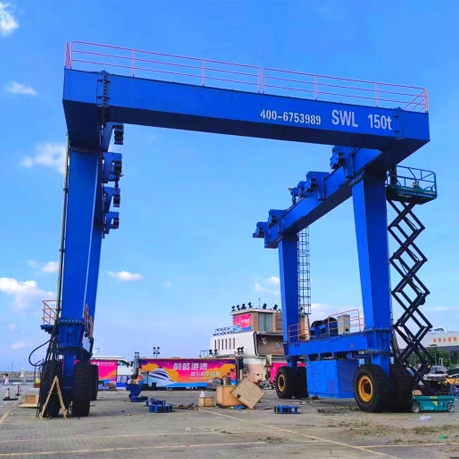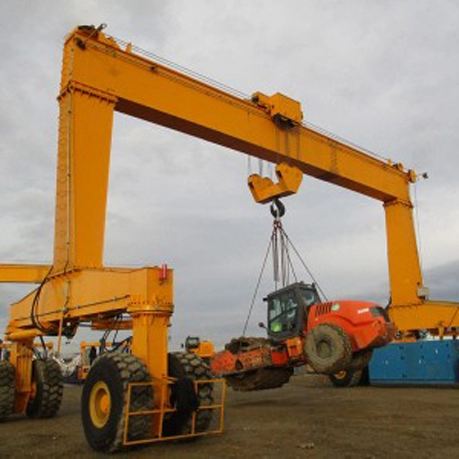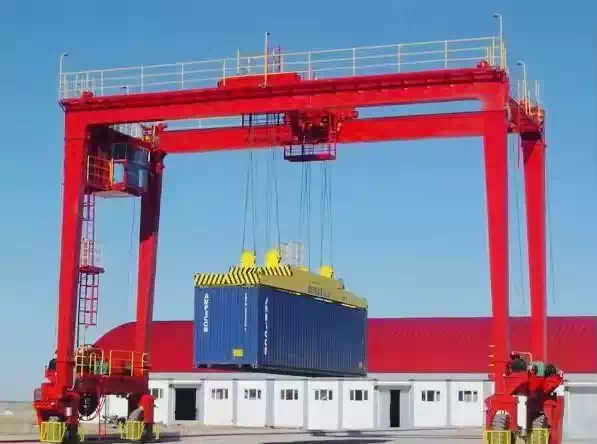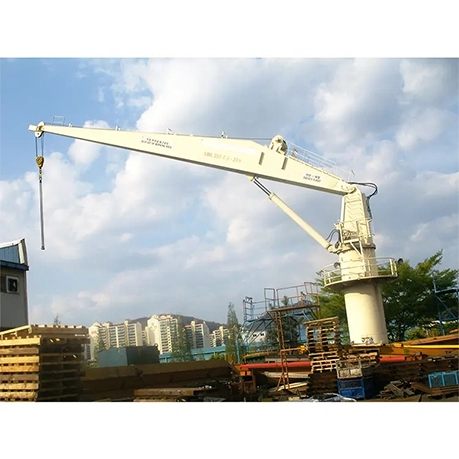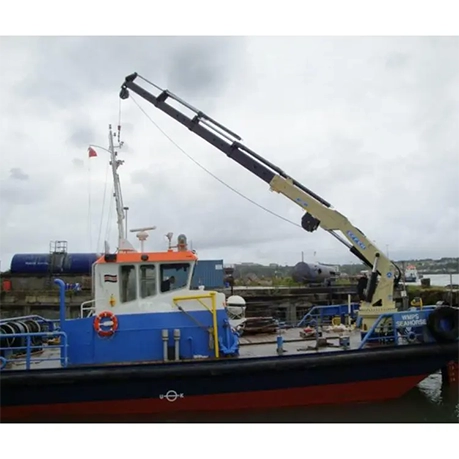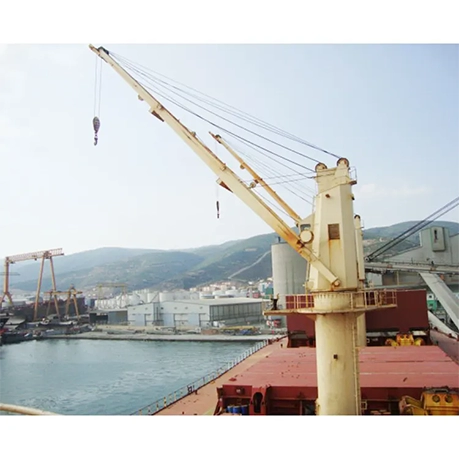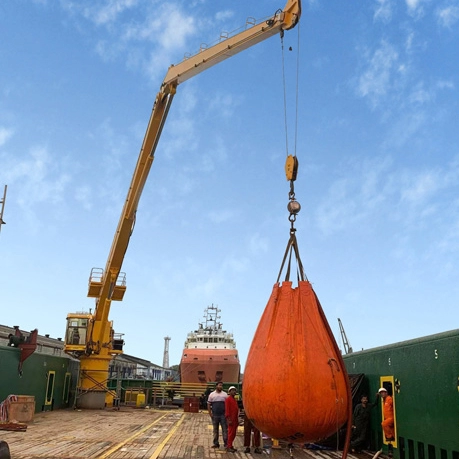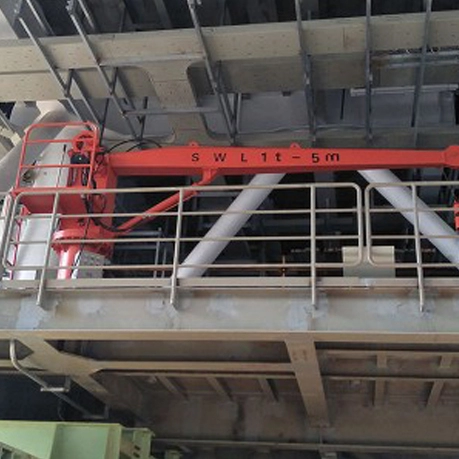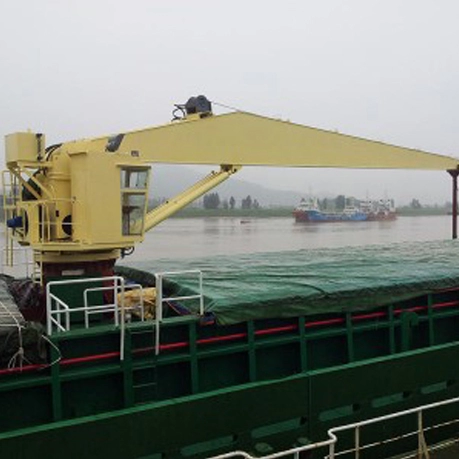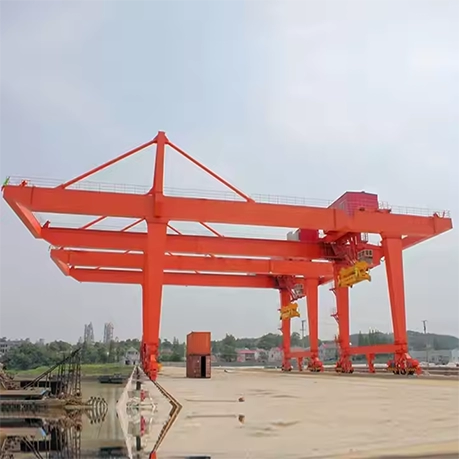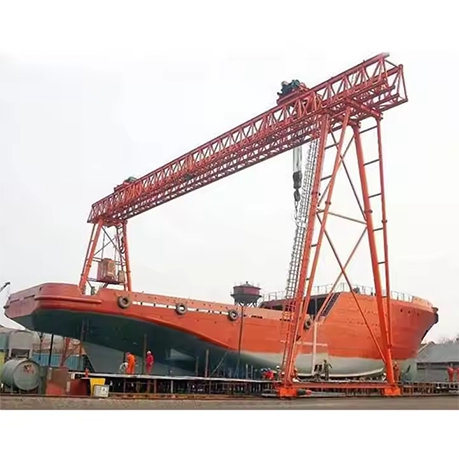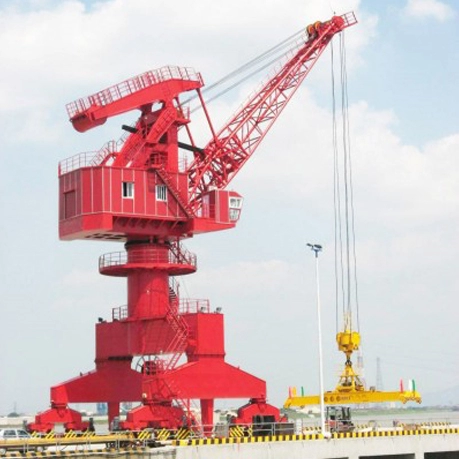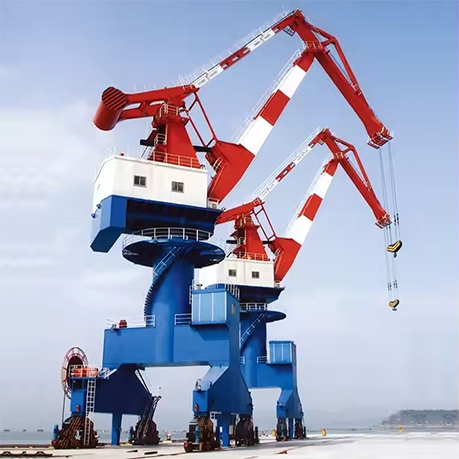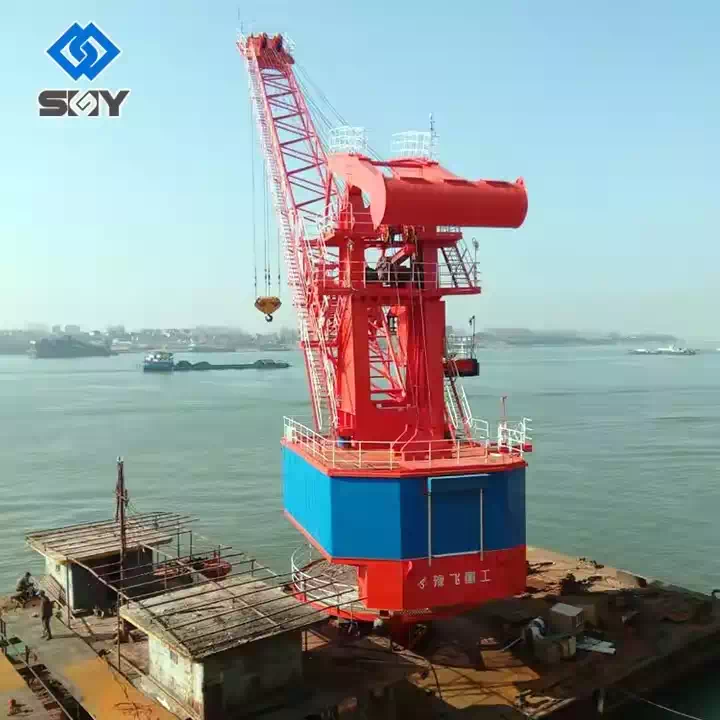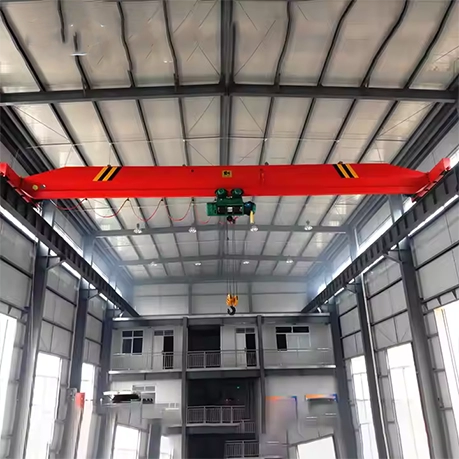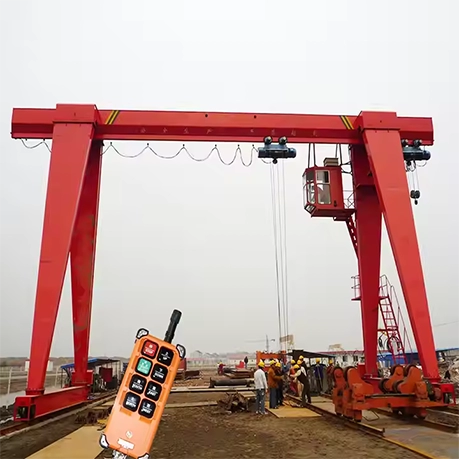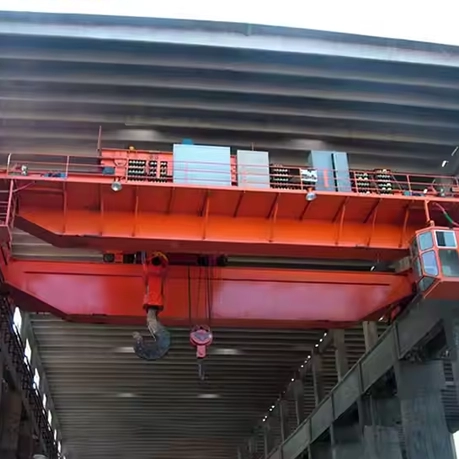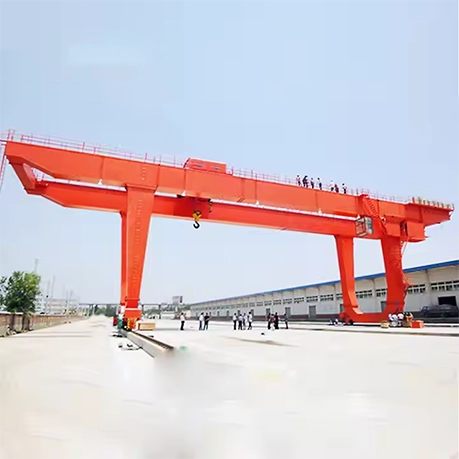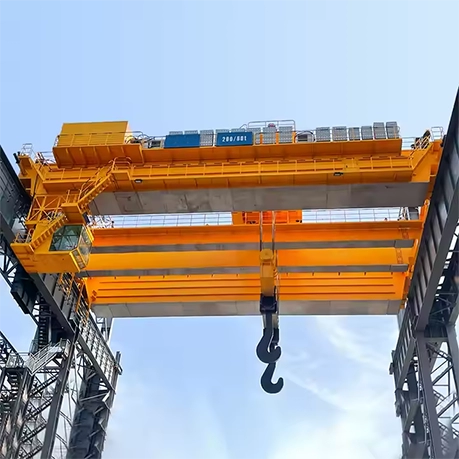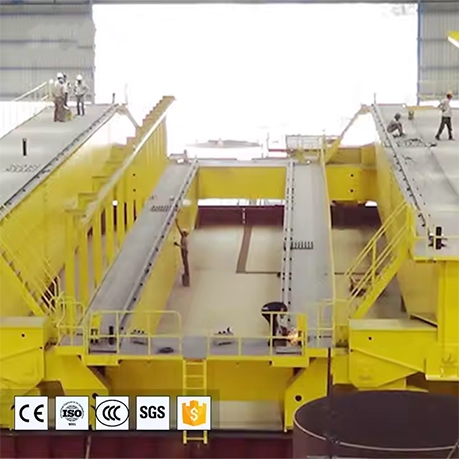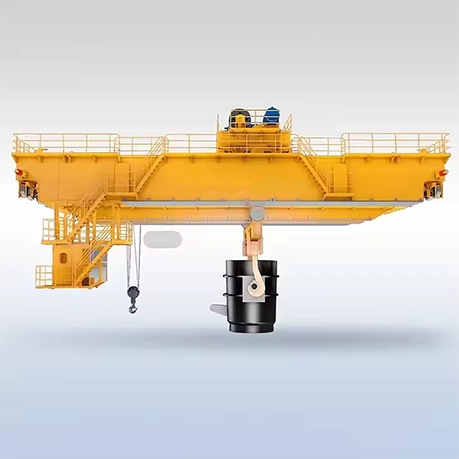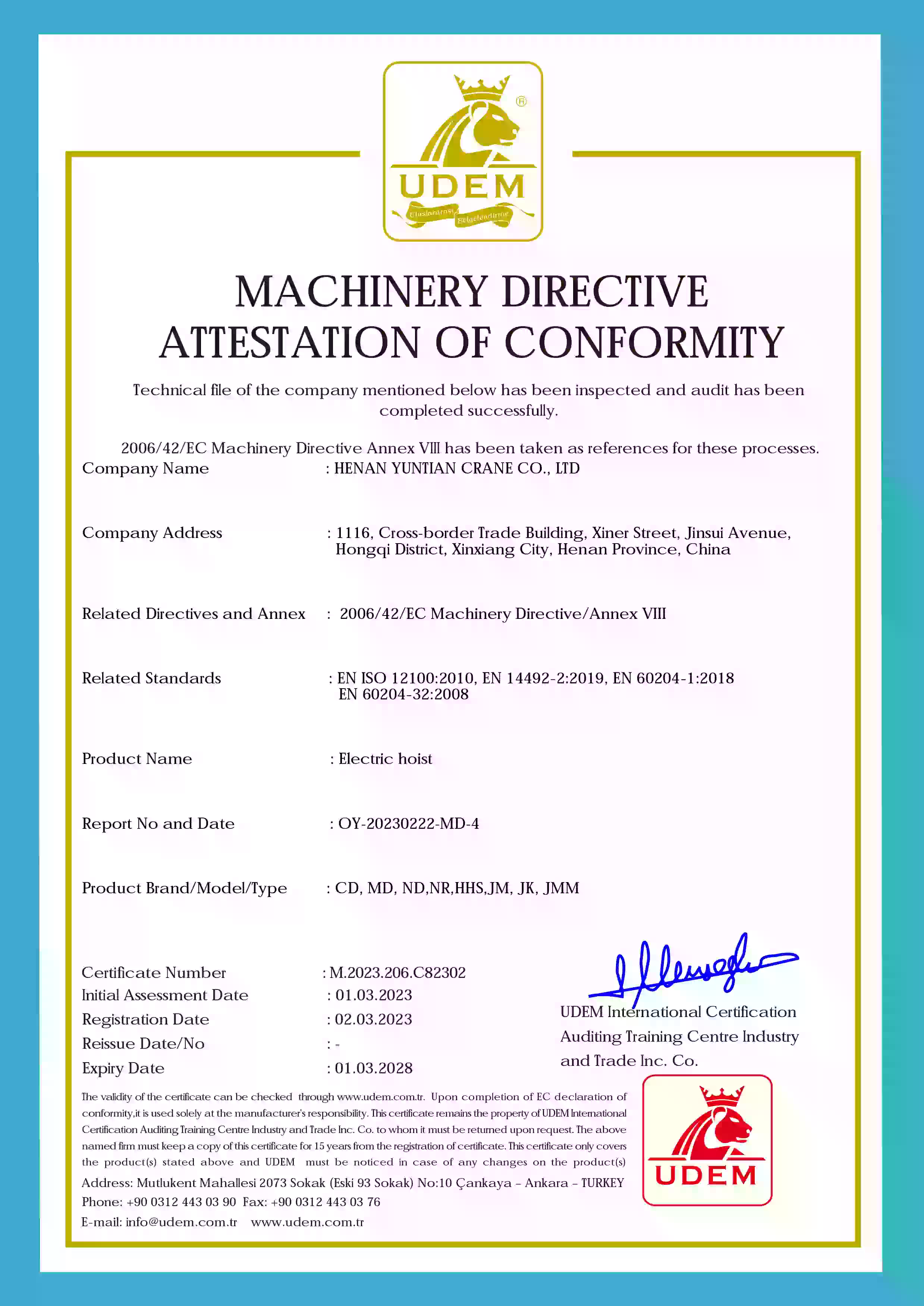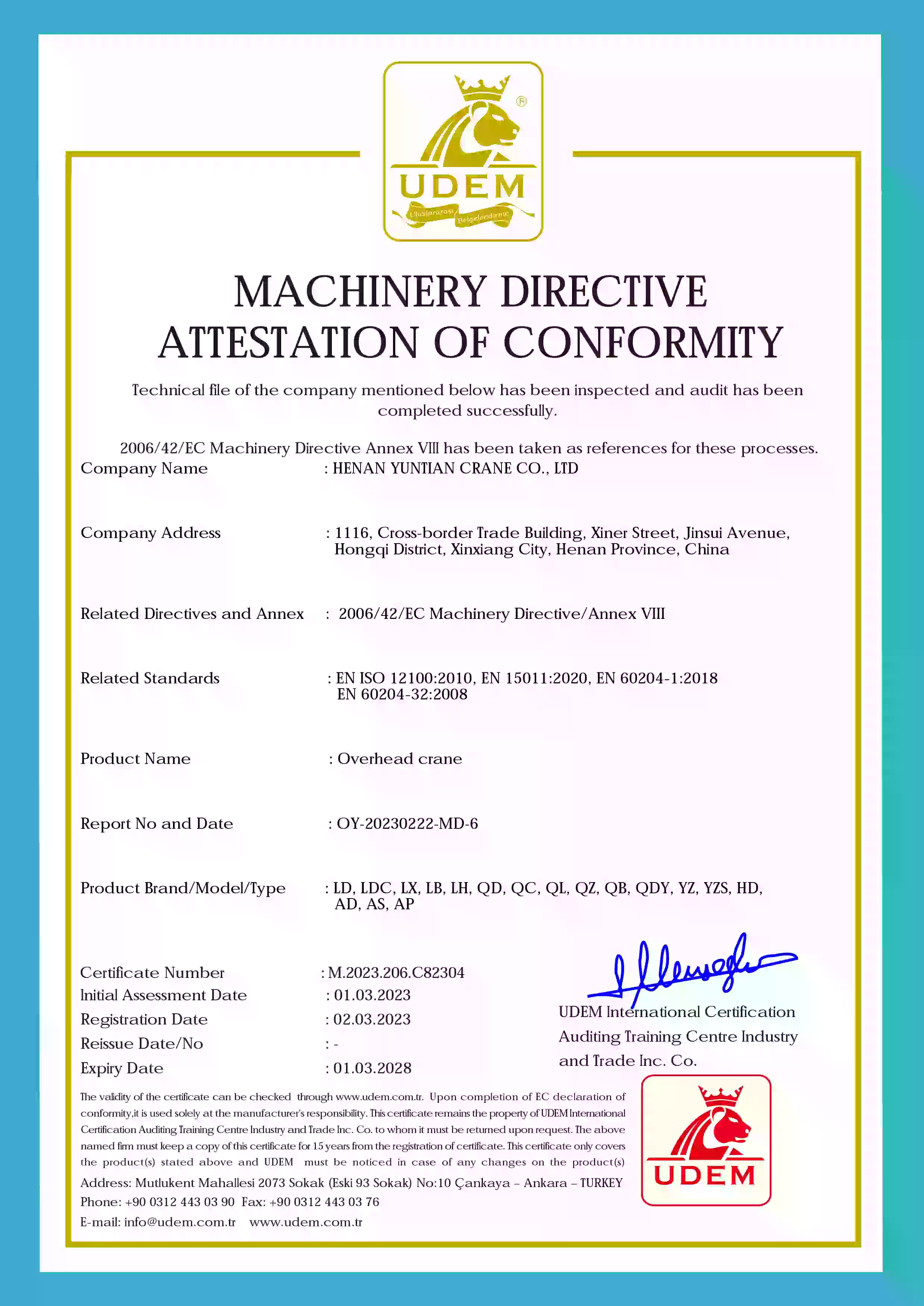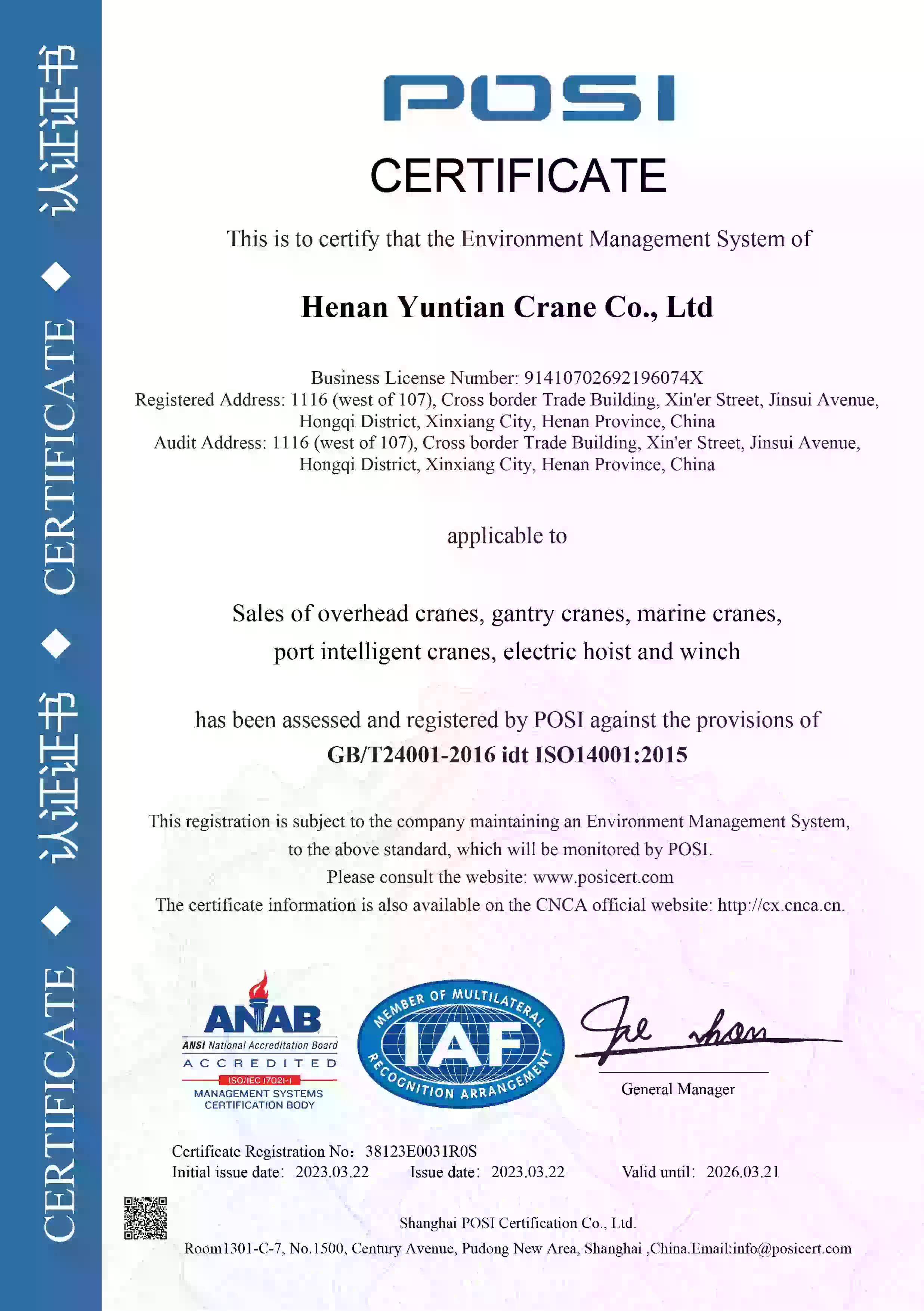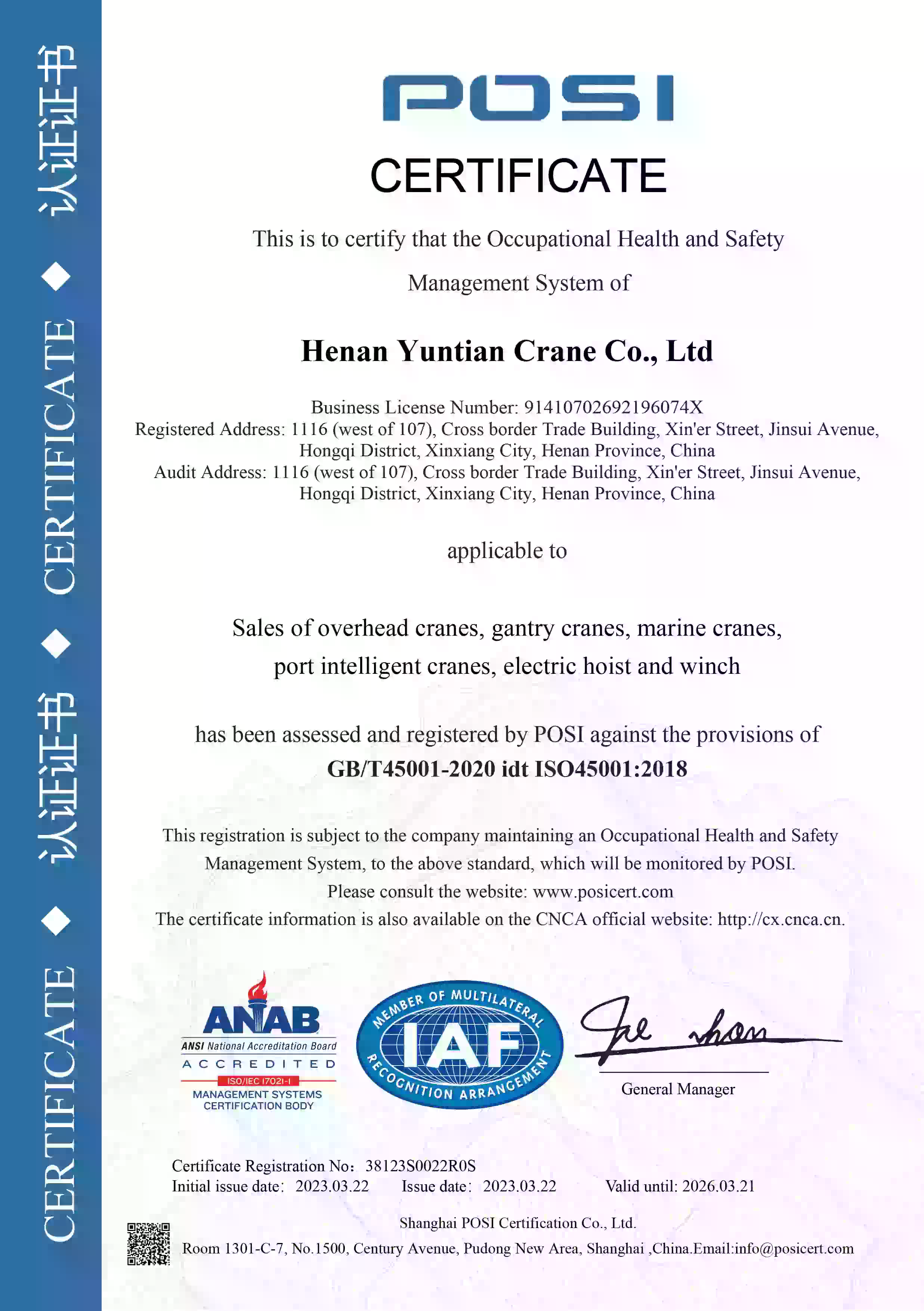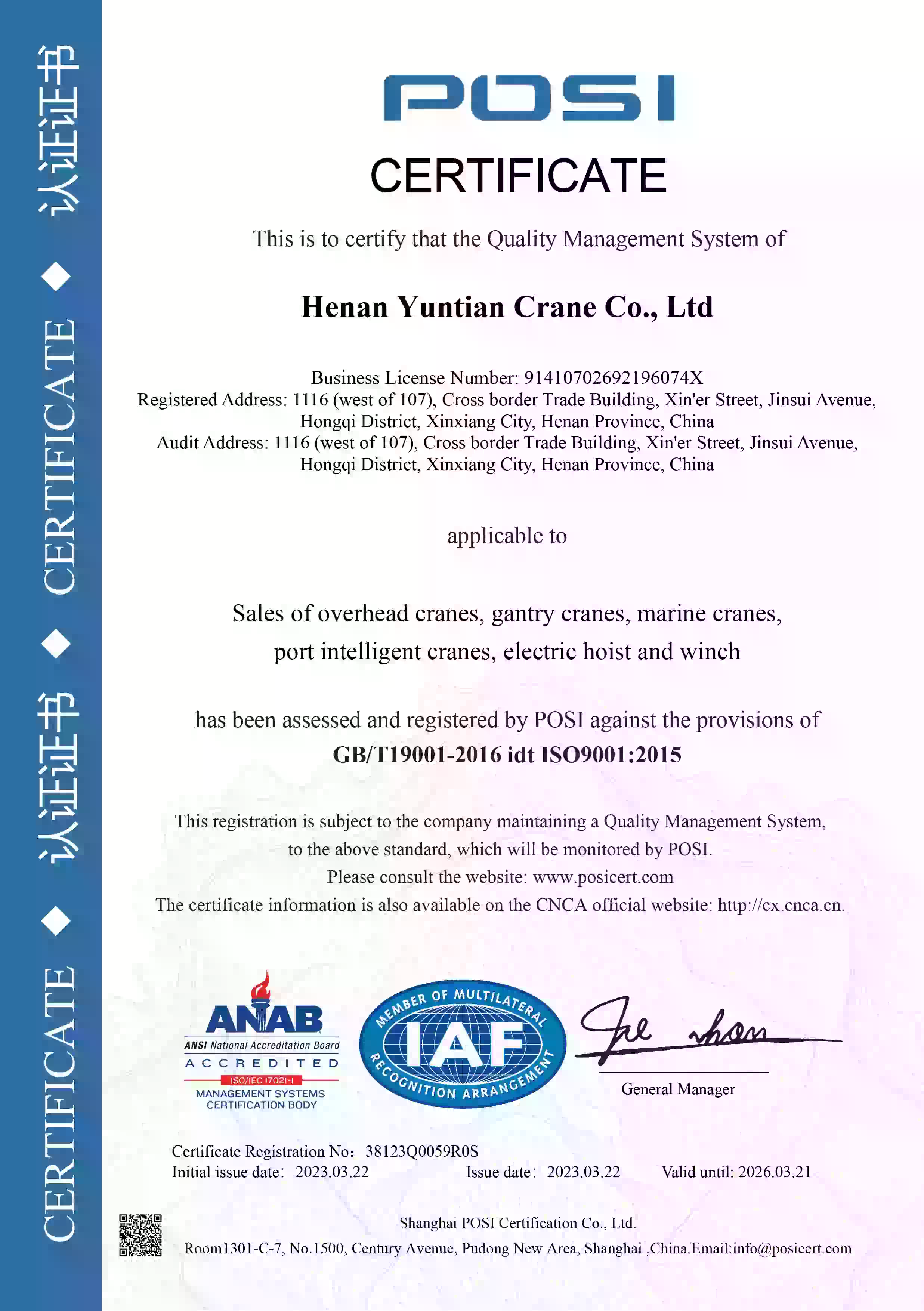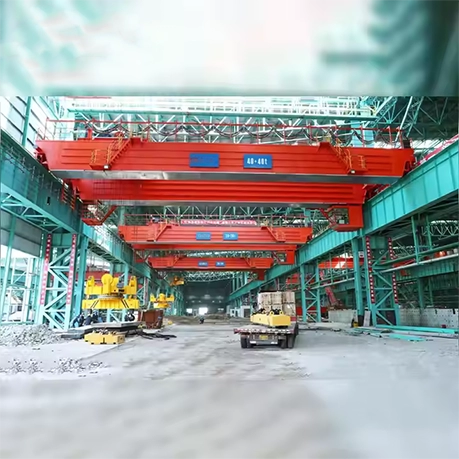

 Product manual
Product manual



- A7
-
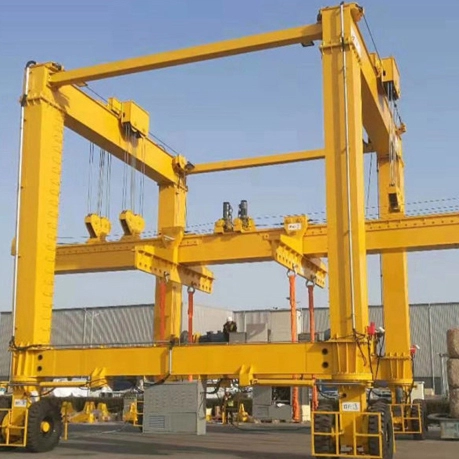 Beam lancherSUBMITDOWNLOAD
Beam lancherSUBMITDOWNLOAD -
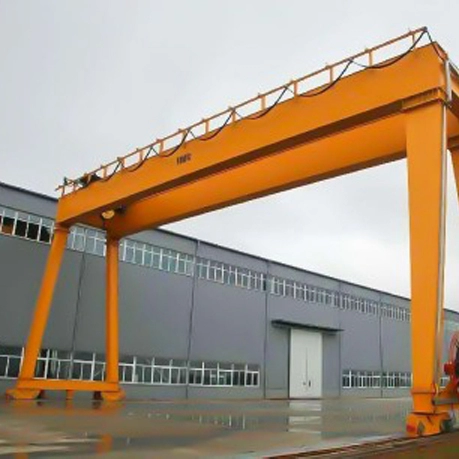 Shipbuilding Gantry CraneSUBMITDOWNLOAD
Shipbuilding Gantry CraneSUBMITDOWNLOAD -
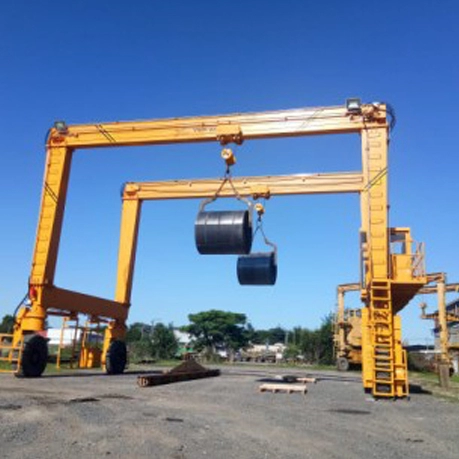 Double Girder Tyre Gantry CraneSUBMITDOWNLOAD
Double Girder Tyre Gantry CraneSUBMITDOWNLOAD -
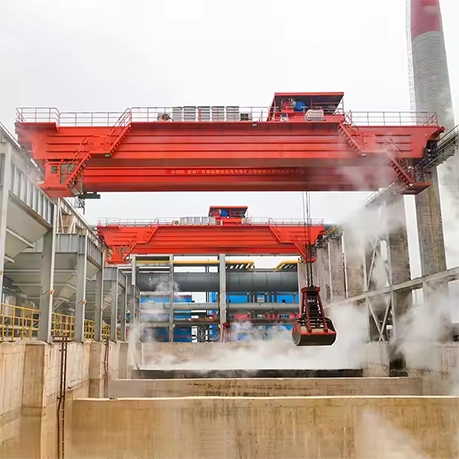 Grab Double Girder Overhead CraneSUBMITDOWNLOAD
Grab Double Girder Overhead CraneSUBMITDOWNLOAD
YZS casting bridge crane, adopting main crab and auxiliary crab, and four-girder and four-rail structure, is composed of bridge, main crab, auxiliary crab, connecting traverse, trolley traveling mechanism and electric part. The main crab runs at the rails outside the bridge, and the auxiliary crab runs at the rails inside the bridge.The main crab employs the connecting transverse as the load handling device to hoist steel ladle, and the auxiliary crab, employing the hook as the load handling device, runs across under the main crab to accomplish pouring of molten steel and steel slag,and other auxiliary hoisting in coordination with the main hook.
The trolley travelling mechanism and main electric equipment are installed in the girder. The girder' s electric panel room employs rock wool for heat insulation, and has an air cooler inside. To reduce heat radiation of molten steel to metal structural members, a thermal baffle is set along the span direction at the bottom of the girder.
The trolley travelling mechanism adopts four-corner drive.
The crane is equipped with a special electronic scale, and there are display devices in the cab and on the bridge. The main hoisting mechanism is furnished with an overspeed switch.
YZS Four Girder Ladle crane is composed of boxed bridge frame, hook, crane travelling mechanism and electric system. The main hook employs a load tool as the lifting device to hoist steel ladle, the auxiliary hook cooperate with the main hook to accomplish pouring of molten steel and steel slag, and other auxiliary hoisting. Also we can choose the suitable speed under the customer requirement.The main structure of four beam foundry crane is designed with 4 girders and 6 rails. The highlights of this crane are integral processing technology and secondary assembly technology. For the first time assembly, the welding components sizes are fixed and adopt flat position welding to ensure the quality of welding seams; and the secondary assembly is to release welding stress before the integral processing of the bridge to ensure the stability and accuracy of product process precision. The two-times assembly technologies could maximally ensure the precision of gauge, diagonal and span, as well as users' site installation.During manufacture and installation, we have obtained valuable experiences to lay the foundation for manufacturing crane with more technology and complex structure.
Working condition:
1.Working tempreture:-10~+60°C,
2.Work class:A7,
3.Power Source:3ph,380V,50HZ or other under customer requirement.
Safety feature:
1. Overload protection in the event of overload, the hoist unit switches off and only the lowering motion is possible
2.Long and cross travel limited by means of preliminary and final limit switches or Wireless anti-collision device
3.Anti-falling protection for the Three-in-One electric motor of trolley and crane prevents from accidental falling
4.Safety hook latch used for avoiding the lifted material out off from the hook
5.Voltage lower protection system
Features
1.Very stable because of two lifting point on hanging beam of ladle hook through wirerope pulley.
2.Very very safty to lift because every one hanging beam pulley have two pcs of wirerope to avoid the risk happened once one pc
of wirerope damaged.
3.Anti high temperature.
4.Capacity is 125/32tons and up.
5.Two sets of brake for each lifting point and 4sets of brake for the main lift.
6, Emergency stop system
7, Over current Protection
8, Short-circuit Protection
9, Phase sequence protection.
10, High protection level IP54 IP55.
11, Zero position protection.
12, Voltage loss protection.
13, Current overload protection.
14, Two carts for two lift, main lift cart is up, aux lift cart is below, to finish the heavy duty working, and could aux hook
could be on left and right of main hook.
Casting bridge cranes are the main handling equipment for smelting workshop of steel works. They are used for conveying, pouring and hot metal charging of liquid metal in smelting process.
Product Application Introduction: Four Girder Ladle Crane
The Four Girder Ladle Crane is a specialized piece of equipment designed primarily for use in steelworks, particularly within smelting workshops. Its robust construction and advanced mechanics make it an essential component for various critical tasks involved in metal production. Here’s a detailed overview of its application scenarios:
1. Liquid Metal Handling:
The primary function of the Four Girder Ladle Crane is to safely transport and position ladles filled with molten metal. These cranes are engineered to handle extreme weights and high temperatures, ensuring a seamless transfer of liquid metal from one point to another within the smelting facility. Their precision and stability are paramount in avoiding spills or accidents during this delicate process.
2. Pouring Operations:
In addition to transportation, the Four Girder Ladle Crane is integral to the pouring process. When metal is ready to be cast, the crane facilitates the accurate tilting and pouring of the molten material into molds. This application is critical in achieving high-quality castings and minimizing waste, as the crane can control the flow and direction of molten metal with exceptional precision.
3. Hot Metal Charging:
The crane is also used for hot metal charging, which involves loading liquid metal into the furnace for further processing. By efficiently managing the flow of hot metal, the Four Girder Ladle Crane helps maintain optimal furnace conditions, improving the overall efficiency and effectiveness of the smelting process. This function is crucial for maintaining production schedules and ensuring the continuity of operations within the facility.
4. Maintenance and Repair Operations:
Beyond everyday operations, the Four Girder Ladle Crane can also assist in maintenance and repair tasks within the steelworks. Its ability to lift heavy components and machinery ensures that maintenance crews can access and service equipment safely and efficiently. This capability is vital for minimizing downtime and maintaining operational integrity in the smelting workshop.
5. Integration with Other Equipment:
The Four Girder Ladle Crane is designed to work harmoniously with various other machinery used within steelworks. Whether it’s coordinating with charging buckets, molds, or cooling beds, the crane enhances the overall automation and flow of material handling. This integration leads to smoother operations and can be tailored to fit the specific layout and requirements of the steel production facility.
In summary, the Four Girder Ladle Crane serves as a cornerstone in the operations of steelworks, playing a pivotal role in the handling, pouring, and charging of molten metal. Its design and functionality not only ensure safety and precision but also enhance the efficiency of the entire smelting process, making it an indispensable asset in modern steel manufacturing environments.

